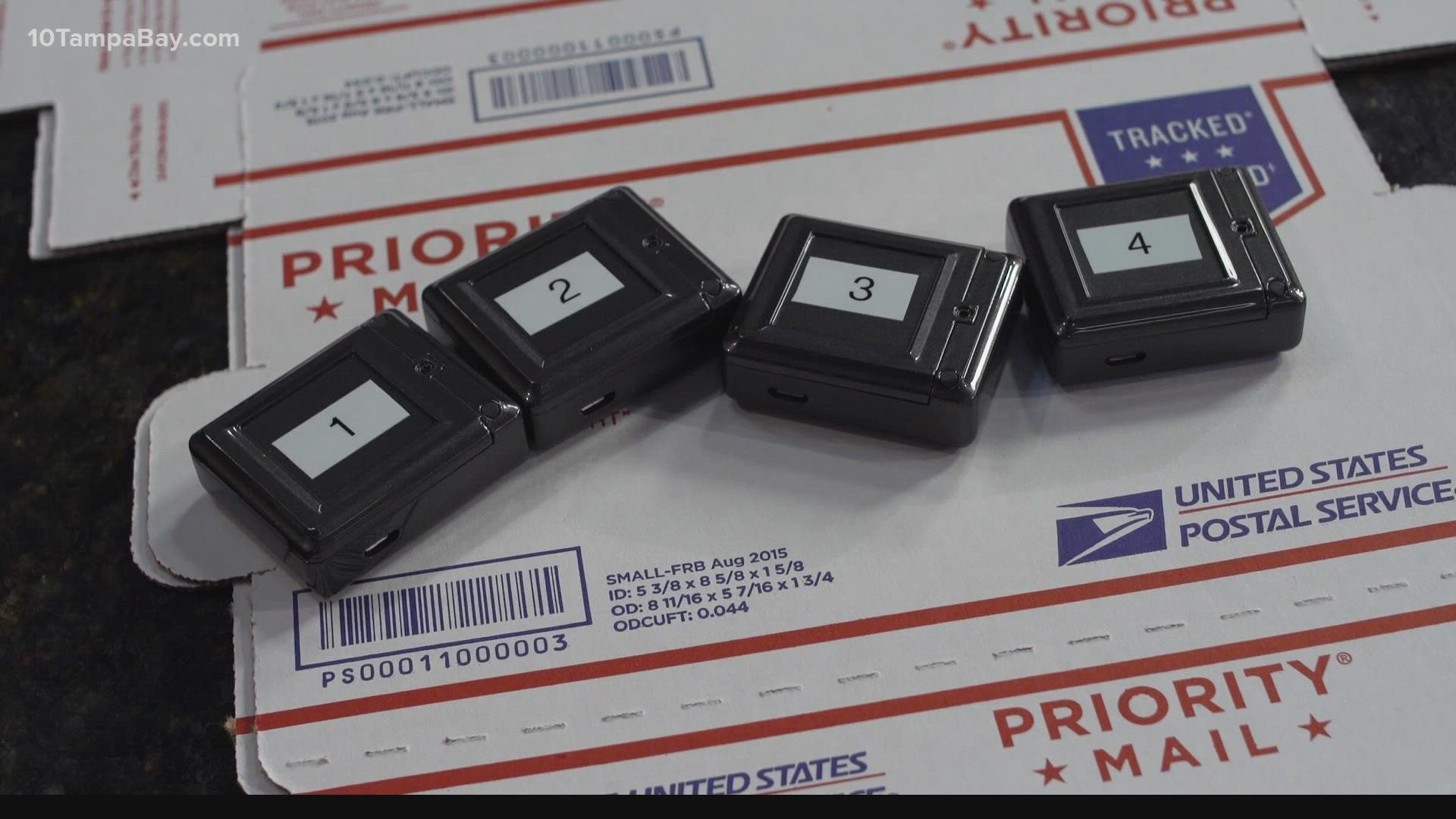TAMPA, Fla. — If you're planning to mail tax documents to the IRS this year, make sure to give yourself extra time.
The United States Postal Service recently announced longer delivery times of up to five days for first-class mail. Until October, the delivery standard had been three days for such mail. That meant first-class letters and packages were expected to be delivered within three days within the contiguous U.S. if the drive was more than six hours.
"That is simply unattainable and forces us to overly rely on air transportation, yielding unreliable service and higher costs," USPS spokesperson David Walton explained in an email.
To combat that issue, the USPS relaxed the first-class delivery timeline to up to five days, which was determined to be a more attainable promise.
The USPS spokesperson said the majority of first-class mail and package service is not affected by the changes. According to Walton, 70 percent of the first-class mail volume will continue arriving within 1-3 days, and about 68 percent of the first-class package service volume will be delivered in 2-3 days.
"The changes would add, at most, 1-2 days in transit for the remaining 30-32 percent," Walton added.
These service timing adjustments are part of a much larger decade-long plan for the postal service to become financially sustainable and improve its on-time delivery rate. Walton said the ultimate goal is to meet or exceed 95 percent on-time delivery.
The lengthened delivery expectations allow USPS to reduce its reliance on airplanes, which are more often impacted by bad weather and require more complex handling.
"That shift from air to surface transportation makes the service target of 95 percent much more achievable," Walton said.
As mail volume surges this holiday season, USPS is taking steps to ensure it can handle all the letters and packages. Since the beginning of last fiscal year, 63,000 pre-career workers have been hired into career positions, and more than 185,000 employees have been onboarded. Among them were 40,000 seasonal employees.
Between April and November, the postal service says a total of 112 new high-speed package sorting machines have been installed – increasing daily processing capacity by 4.5 million. On top of that, USPS has leased more than 13 million square feet of extra space across over 100 locations nationwide.
All that is expected to help make deliveries more efficient for American consumers.
What to know when mailing tax documents
When it comes to tax forms, specifically, experts recommend considering paperless filing. For individuals who do not file electronically, it's important to know that tax forms are processed as first-class mail.
"We don’t separate them out into their own class," Walton said. "We have no way of knowing if a tax form is being mailed or not."
The USPS offered the following recommendations for people mailing tax forms:
- Avoid typical errors made when mailing returns, such as: not enough postage and depositing returns in collection boxes whose pickup time has passed.
- Use pre-addressed labels where possible. Write clearly. Take special care to ensure that handwritten envelopes are legible. Include a return address.
- Use First-Class postage — the IRS recognizes the first-class letter postmark as proof a return was mailed on time.
- Apply proper postage. The IRS does not accept postage-due mail even if it has the deadline postmark; tax returns with insufficient postage will be returned — penalizing taxpayers for filing late tax returns
- Certified mail with return receipts is a good choice for customers sending original receipts to tax agencies.
- Make certain bulky envelopes are securely sealed using tape.
- Check the Customer’s Guide to Mailing for more detailed information on sending mail and expected delivery times

